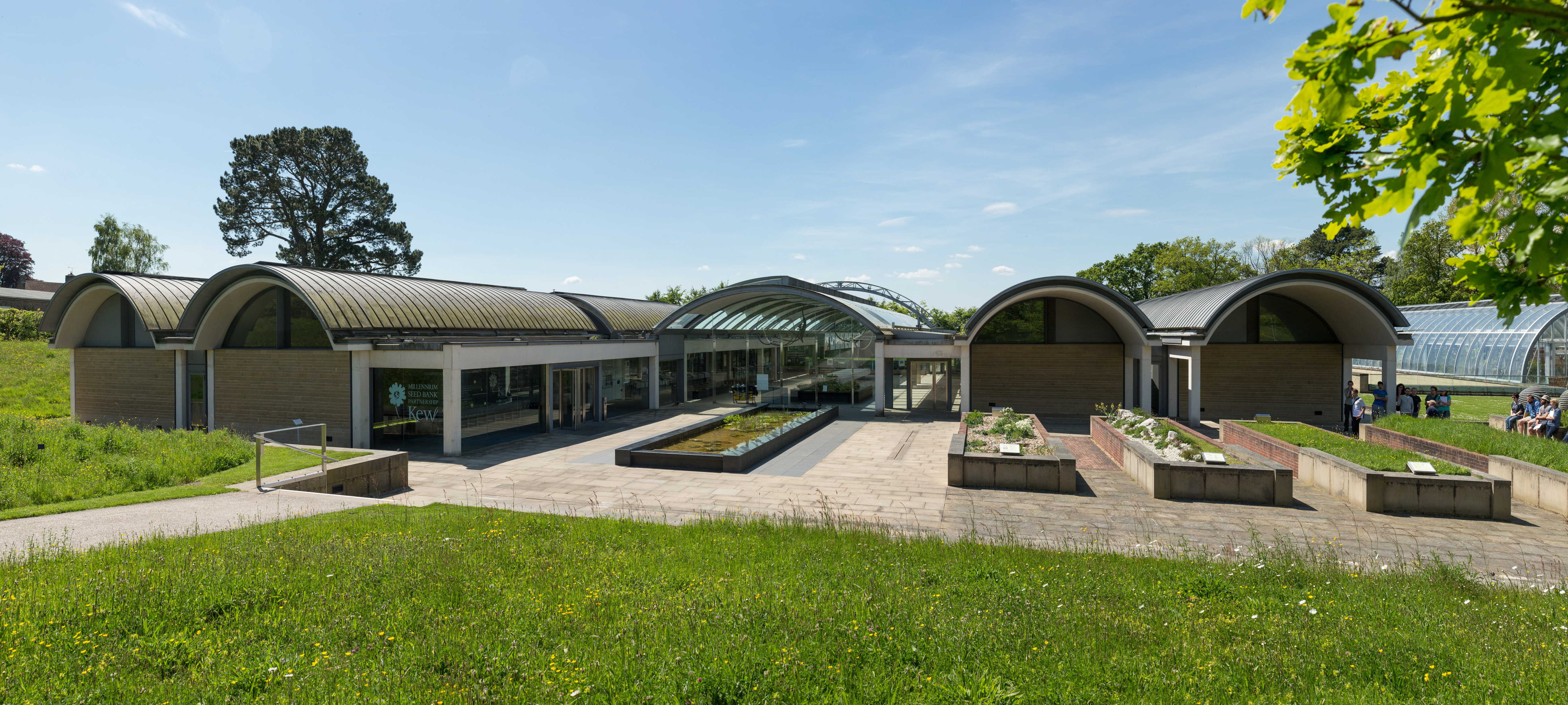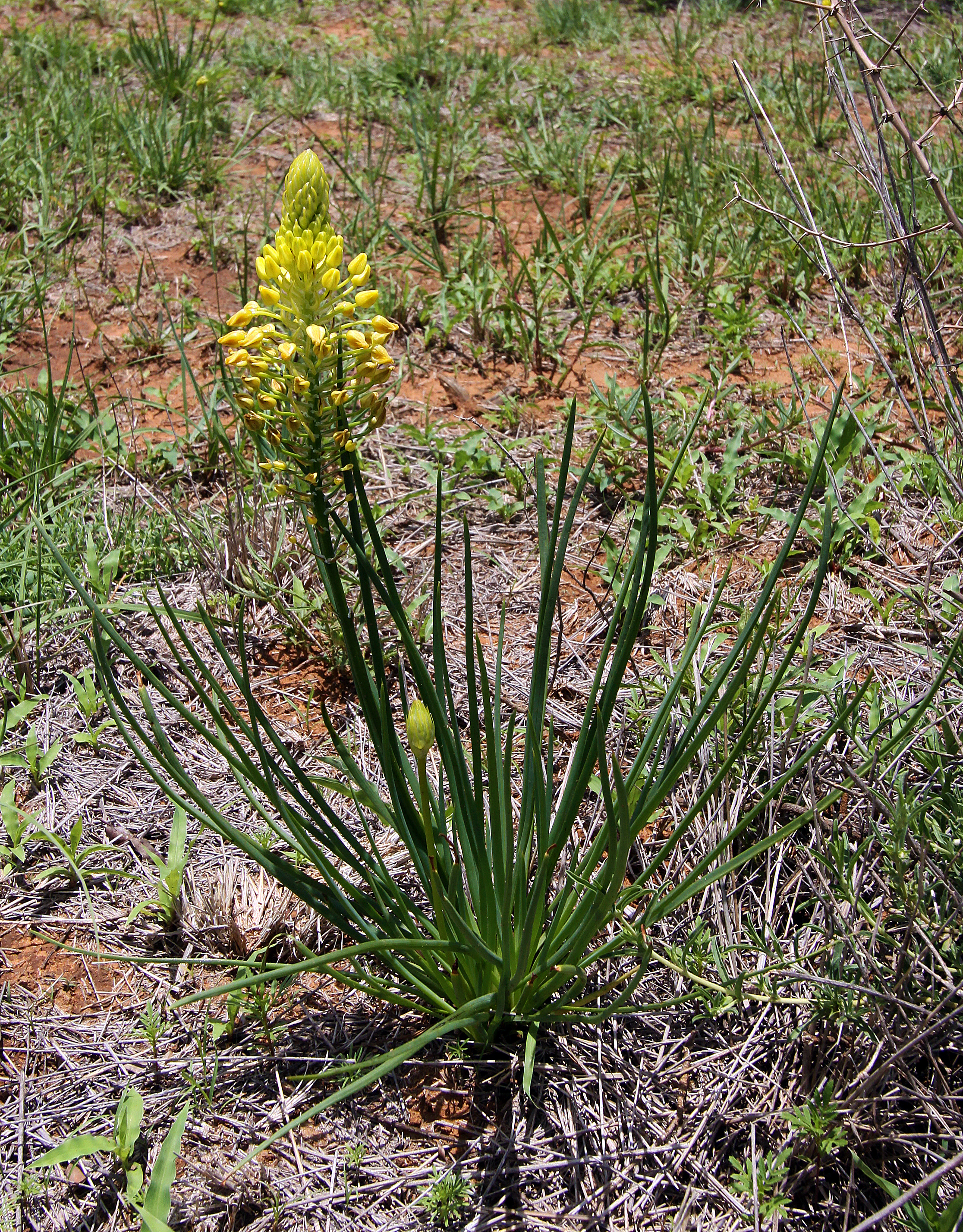|
Bulbine Crassa
''Bulbine crassa'', the coast lily or Crassa Island leek lily, is a flower described in 2006 which occurs on the Furneaux Group of islands between Victoria and Tasmania. Seeds have been preserved as part of the Tasmanian partnership with the Millennium Seed Bank Project The Millennium Seed Bank Partnership (MSBP or MSB), formerly known as the Millennium Seed Bank Project, is the largest ''ex situ'' plant conservation programme in the world coordinated by the Royal Botanic Gardens, Kew. After being awarded a Mi .... References crassa Flora of Tasmania Plants described in 2006 Taxa named by Marco Duretto Taxa named by Dennis Ivor Morris {{Tasmania-stub ... [...More Info...] [...Related Items...] OR: [Wikipedia] [Google] [Baidu] |
Duretto
Marco Duretto (born 1964) is a manager and senior research scientist at the Royal Botanic Gardens Sydney in Australia. His primary research interests are systematics and conservation of Rutaceae, Rubiaceae, Orchidaceae, Stylidiaceae and evolution of Australasian flora. Duretto's projects have included "Phylogeny and biogeography of ''Boronia'' (Rutaceae)", "Mutual pollination system involving ''Boronia'' (Rutaceae) and moths of the Heliozelidae", "A molecular and morphological phylogeny of the ''Phebalium'' Group (Rutaceae)", and "East coast species limits in ''Stylidium''". Marco Duretto was previously a research scientist with the University of Tasmania. Standard author abbreviation Selected published names *''Asterolasia exasperata'' Phillipa Alvarez, P.R.Alvarez & Duretto *''Asterolasia sola'' Duretto & Phillipa Alvarez, P.R.Alvarez *''Boronia amplectens'' Duretto *''Cyanothamnus acanthocladus'' (Paul Graham Wilson, PaulG.Wilson)Duretto & Heslewood *''Drummondita boreali ... [...More Info...] [...Related Items...] OR: [Wikipedia] [Google] [Baidu] |
Furneaux Group
The Furneaux Group is a group of approximately 100 islands located at the eastern end of Bass Strait, between Victoria and Tasmania, Australia. The islands were named after British navigator Tobias Furneaux, who sighted the eastern side of these islands after leaving Adventure Bay in 1773 on his way to New Zealand to rejoin Captain James Cook. Navigator Matthew Flinders was the first European to explore the Furneaux Islands group, in the in 1798, and later that year in the . The largest islands in the group are Flinders Island, Cape Barren Island, and Clarke Island. The group contains five settlements: Killiecrankie, Emita, Lady Barron, Cape Barren Island, and Whitemark on Flinders Island, which serves as the administrative centre of the Flinders Council. There are also some small farming properties on the remote islands. After seals were discovered there in 1798, the Furneaux Group of islands became the most intensively exploited sealing ground in Bass Strait. A total o ... [...More Info...] [...Related Items...] OR: [Wikipedia] [Google] [Baidu] |
Victoria (Australia)
Victoria is a state in southeastern Australia. It is the second-smallest state with a land area of , the second most populated state (after New South Wales) with a population of over 6.5 million, and the most densely populated state in Australia (28 per km2). Victoria is bordered by New South Wales to the north and South Australia to the west, and is bounded by the Bass Strait to the south (with the exception of a small land border with Tasmania located along Boundary Islet), the Great Australian Bight portion of the Southern Ocean to the southwest, and the Tasman Sea (a marginal sea of the South Pacific Ocean) to the southeast. The state encompasses a range of climates and geographical features from its temperate coastal and central regions to the Victorian Alps in the northeast and the semi-arid north-west. The majority of the Victorian population is concentrated in the central-south area surrounding Port Phillip Bay, and in particular within the metropolit ... [...More Info...] [...Related Items...] OR: [Wikipedia] [Google] [Baidu] |
Tasmania
) , nickname = , image_map = Tasmania in Australia.svg , map_caption = Location of Tasmania in AustraliaCoordinates: , subdivision_type = Country , subdivision_name = Australia , established_title = Before federation , established_date = Colony of Tasmania , established_title2 = Federation , established_date2 = 1 January 1901 , named_for = Abel Tasman , demonym = , capital = Hobart , largest_city = capital , coordinates = , admin_center = 29 local government areas , admin_center_type = Administration , leader_title1 = Monarch , leader_name1 = Charles III , leader_title2 = Governor , leader_name2 ... [...More Info...] [...Related Items...] OR: [Wikipedia] [Google] [Baidu] |
Millennium Seed Bank Project
The Millennium Seed Bank Partnership (MSBP or MSB), formerly known as the Millennium Seed Bank Project, is the largest ''ex situ'' plant conservation programme in the world coordinated by the Royal Botanic Gardens, Kew. After being awarded a Millennium Commission grant in 1995, the project commenced in 1996, and is now housed in the Wellcome Trust Millennium Building situated in the grounds of Wakehurst Place, West Sussex. Its purpose is to provide an "insurance policy" against the extinction of plants in the wild by storing seeds for future use. The storage facilities consist of large underground frozen vaults preserving the world's largest wild-plant seedbank or collection of seeds from wild species. The project had been started by Dr Peter Thompson and run by Paul Smith after the departure of Roger Smith. Roger Smith was awarded the OBE in 2000 in the Queen's New Year Honours for services to the Project. In collaboration with other biodiversity projects around the world, ex ... [...More Info...] [...Related Items...] OR: [Wikipedia] [Google] [Baidu] |
Bulbine
''Bulbine'' is a genus of plants in the family Asphodelaceae and subfamily Asphodeloideae, named for the bulb-shaped tuber of many species. It was formerly placed in the Liliaceae. It is found chiefly in Southern Africa, with a few species extending into tropical Africa and a few others in Australia and Yemen. ''Bulbine'' is a genus of succulent plants with flowers borne in lax or compound racemes. The flowers are usually yellow, with bearded stamens; some species have white, orange, or pink flowers. Several species are grown in gardens, especially '' B. frutescens''. Species of ''Bulbine'' resemble ''Haworthia'' and '' Aloe'' in appearance, but with soft, fleshy leaves and tuberous roots or a caudex. They are shrubs, weedy perennials, dwarf geophytes (including B. lolita, the smallest of all succulent Monocots ), and soft annuals. Many of the dwarf species have small, dome-shaped tubers. Dormancy usually extends from late spring to autumn, but it varies among species and in ... [...More Info...] [...Related Items...] OR: [Wikipedia] [Google] [Baidu] |
Flora Of Tasmania
Flora is all the plant life present in a particular region or time, generally the naturally occurring (indigenous) native plants. Sometimes bacteria and fungi are also referred to as flora, as in the terms '' gut flora'' or '' skin flora''. Etymology The word "flora" comes from the Latin name of Flora, the goddess of plants, flowers, and fertility in Roman mythology. The technical term "flora" is then derived from a metonymy of this goddess at the end of the sixteenth century. It was first used in poetry to denote the natural vegetation of an area, but soon also assumed the meaning of a work cataloguing such vegetation. Moreover, "Flora" was used to refer to the flowers of an artificial garden in the seventeenth century. The distinction between vegetation (the general appearance of a community) and flora (the taxonomic composition of a community) was first made by Jules Thurmann (1849). Prior to this, the two terms were used indiscriminately.Thurmann, J. (1849). ''Essai de ... [...More Info...] [...Related Items...] OR: [Wikipedia] [Google] [Baidu] |
Plants Described In 2006
Plants are predominantly photosynthetic eukaryotes of the kingdom Plantae. Historically, the plant kingdom encompassed all living things that were not animals, and included algae and fungi; however, all current definitions of Plantae exclude the fungi and some algae, as well as the prokaryotes (the archaea and bacteria). By one definition, plants form the clade Viridiplantae (Latin name for "green plants") which is sister of the Glaucophyta, and consists of the green algae and Embryophyta (land plants). The latter includes the flowering plants, conifers and other gymnosperms, ferns and their allies, hornworts, liverworts, and mosses. Most plants are multicellular organisms. Green plants obtain most of their energy from sunlight via photosynthesis by primary chloroplasts that are derived from endosymbiosis with cyanobacteria. Their chloroplasts contain chlorophylls a and b, which gives them their green color. Some plants are parasitic or mycotrophic and have los ... [...More Info...] [...Related Items...] OR: [Wikipedia] [Google] [Baidu] |
Taxa Named By Marco Duretto
In biology, a taxon (back-formation from ''taxonomy''; plural taxa) is a group of one or more populations of an organism or organisms seen by taxonomists to form a unit. Although neither is required, a taxon is usually known by a particular name and given a particular ranking, especially if and when it is accepted or becomes established. It is very common, however, for taxonomists to remain at odds over what belongs to a taxon and the criteria used for inclusion. If a taxon is given a formal scientific name, its use is then governed by one of the nomenclature codes specifying which scientific name is correct for a particular grouping. Initial attempts at classifying and ordering organisms (plants and animals) were set forth in Carl Linnaeus's system in ''Systema Naturae'', 10th edition (1758), as well as an unpublished work by Bernard and Antoine Laurent de Jussieu. The idea of a unit-based system of biological classification was first made widely available in 1805 in the intro ... [...More Info...] [...Related Items...] OR: [Wikipedia] [Google] [Baidu] |






